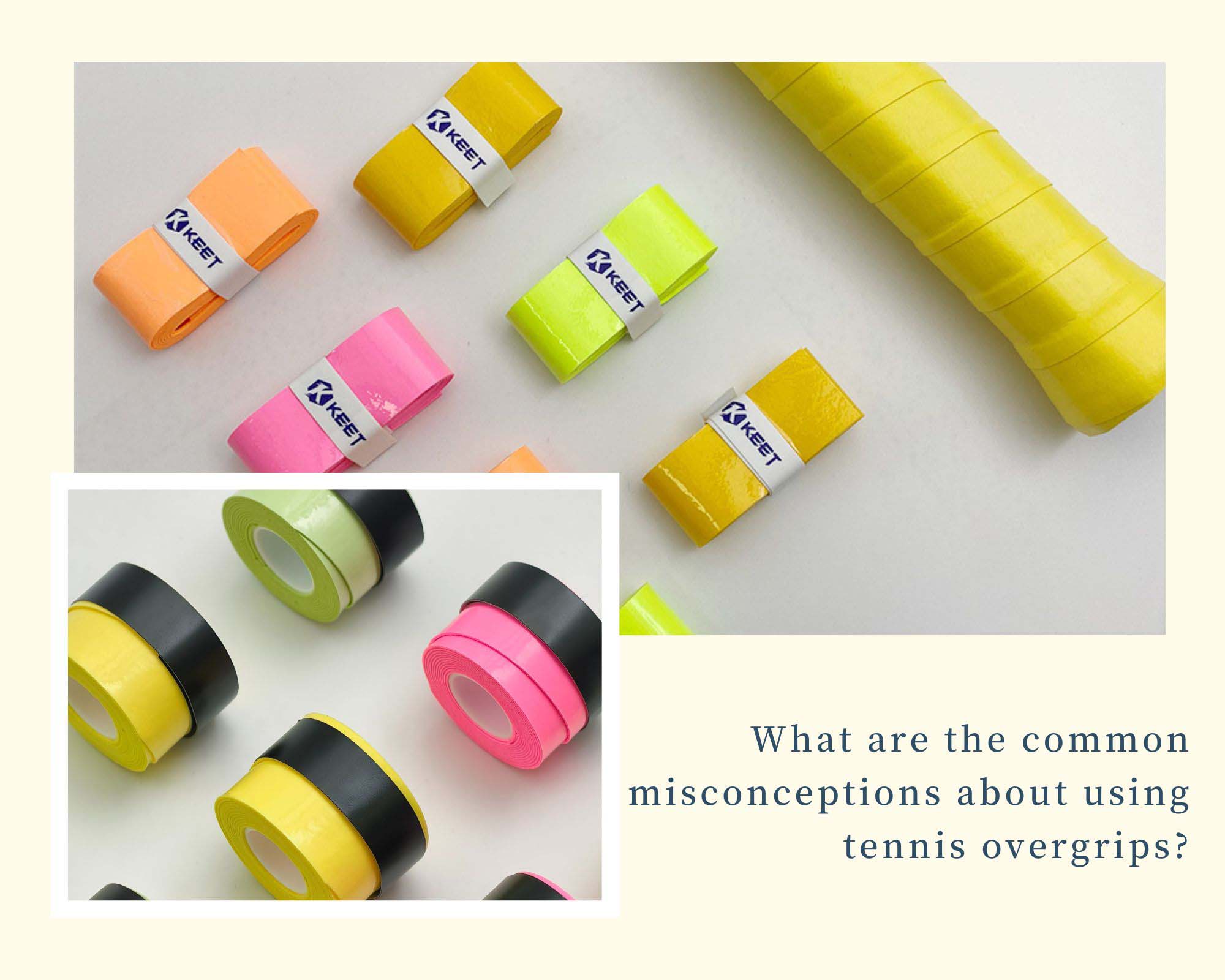What are the common misconceptions about using tennis overgrips?
Jul 15, 2025
In tennis, the overgrip is a crucial accessory that enhances grip comfort, slip resistance, and the precision of force application. However, some customers misconceptions when selecting and using overgrips, which not only affect their athletic performance but may also increase the risk of injury. This article will focus on three typical misconceptions, helping more customers understand overgrips so that every purchase can be more professional and safer.
Misconception 1: Is a thicker overgrip always better? Actually, it may affect tactile flexibility.
Some people believe that a thicker overgrip provides better protection for the palm and reduces vibration, even mistakenly equating thickness with professionalism. As a result, they choose the thickest towel overgrips on the market or stack multiple layers of overgrips, only to find the opposite effect. For instance, fingers may struggle to bend naturally when gripping the racket, feedback during force application becomes sluggish, and the cumbersome feel deforms technical movements. The core function of an overgrip is to strike a balance between slip resistance and tactile feel. An overly thick overgrip presents two issues: first, it reduces tactile sensitivity; second, it restricts finger flexibility. The correct approach is to match the thickness to specific needs to achieve optimal use of the overgrip.
Misconception 2: Reusing the same overgrip repeatedly? Actually, it easily breeds bacteria and reduces slip resistance.
Some users, motivated by cost savings or laziness, continue to use the same overgrip for weeks or even months, failing to replace it even when the surface turns black and frayed, unaware that this behavior is silently undermining their health and performance. The slip resistance of an overgrip depends on the friction coefficient of its surface material. Over time, three factors—sweat erosion, bacterial growth, and physical wear—accelerate the loss of slip resistance. Therefore, the correct practice is to replace overgrips regularly and clean them scientifically to ensure they function effectively.
Misconception 3: Neglecting racket handle cleaning? Actually, residual dirt accelerates overgrip aging.
Many people skip the step of cleaning the racket handle before wrapping a new overgrip, allowing sweat stains and dust from the old overgrip to come into contact with the new one, forming a layer of dirt. This not only affects the adhesive strength of the new overgrip but also shortens its lifespan. The correct procedure for replacing overgrips involves three steps: first, remove the old overgrip; second, thoroughly clean the racket handle by wiping away dirt; third, ensure the handle is free of moisture before wrapping the new overgrip.
Details determine athletic performance. Although an overgrip is a small accessory, it is crucial for grip comfort, force efficiency, and health and safety. By avoiding the three major misconceptions mentioned above, users can not only extend the lifespan of their overgrips but also experience precise control with every shot. These minor adjustments will ultimately converge into a powerful boost for technical advancement.

 Network Supported
Network Supported